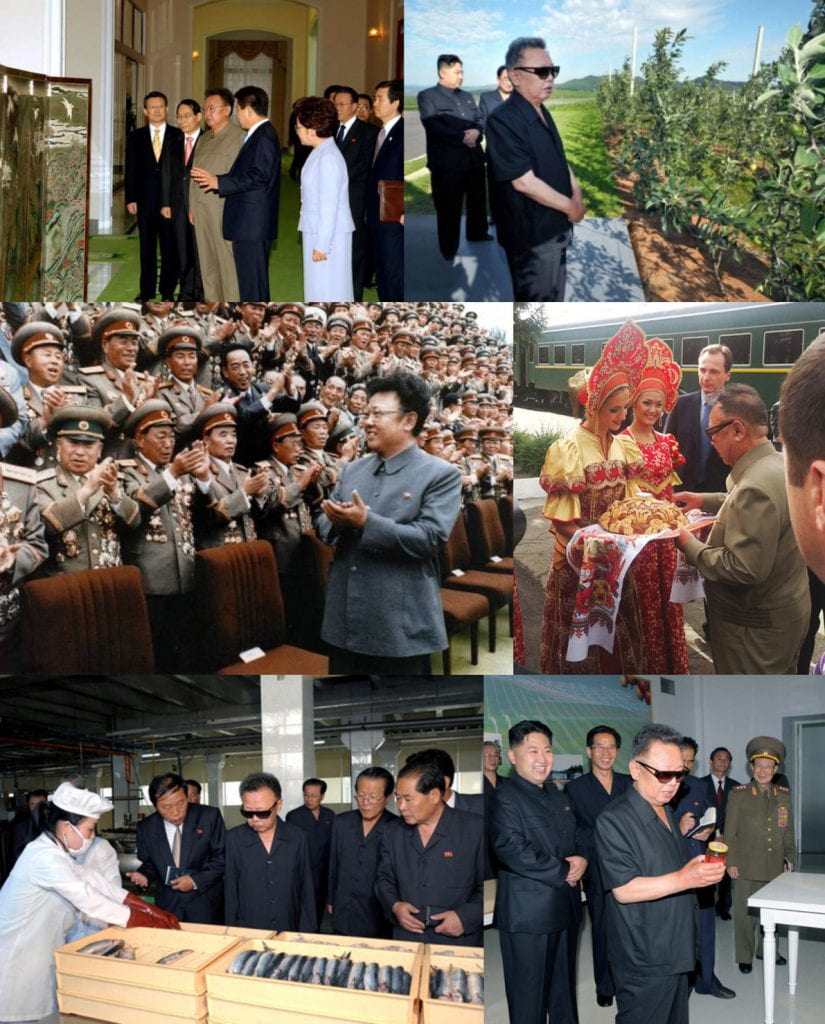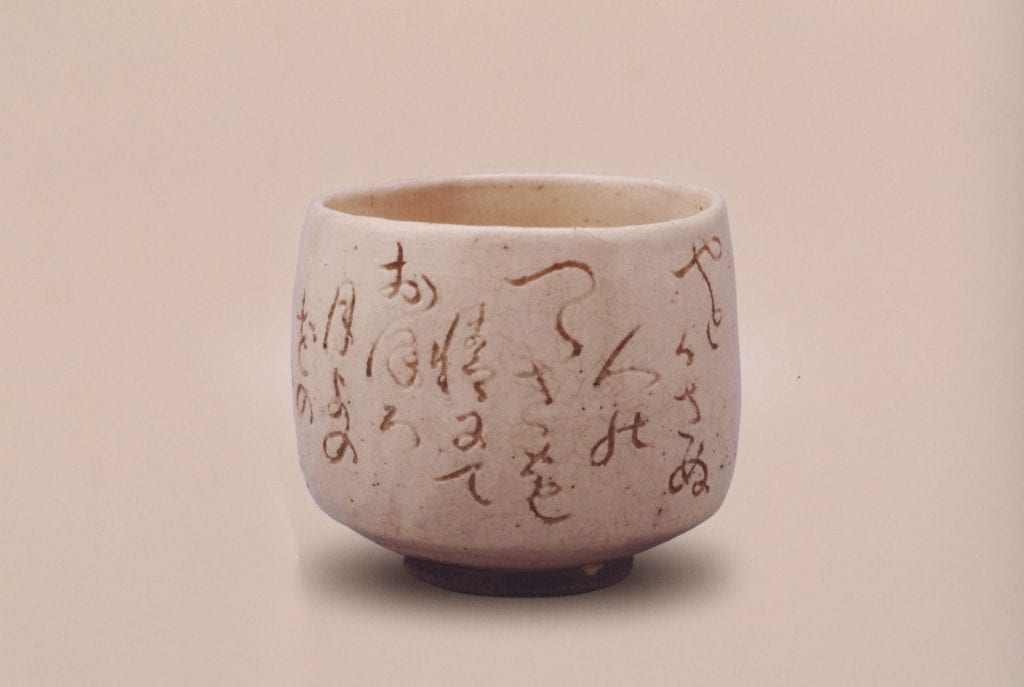Speakers (PhD Students, Art History Department):
Part One (May 12th, 2021):
Jenny Harris, “Worlds of Wire: Ruth Asawa’s Sculpture” (4:45 – 5:15 PM)
Li Jiang, “Replicating Death: The Gold Funerary Mask of Princess of the State of Chen (1018)” (5:15 – 5:45 PM)
Stephanie Strother, “‘Fashionable Things’: The Designs and Designers of the Atelier Martine” (5:45 – 6:15 PM)
*Overall discussion is from 6:15 – 6:45 PM
Wednesday, May 12th, 2021
4:45 – 6:45 pm CST, Zoom Registration Link (resister here)
Part Two (May 19th, 2021):
Lucien Sun, “A Print in Flux: Rethinking the Print of Guan Yu from Khara-Khoto” (4:45 – 5:15 PM)
Lex Ladge, “Hieronian Impositions: Space and Policy in 3rd Century BCE Syracuse” (5:15 – 5:45 PM)
Adriana Obiols Roca, “Mesótica II: Central American Art After ‘Latin America’” (5:45 – 6:15 PM)
* Overall discussion is from 6:15 – 6:45 PM
Wednesday, May 19th, 2021
4:45 – 6:45 pm CST, Zoom Registration Link (resister here)
After registering, you will receive a confirmation email containing information about joining the meeting (Recently, Zoom confirmations also tend to be categorized as Spam. Please also check your spam box for the confirmation email.).
++++++++++++++++++++++++++++
Jenny Harris is a Ph.D. student focusing on 20th-century art. Her research interests include performance, intersections of dance and visual arts, and the status of decoration and craft in postwar American art. Prior to arriving at the University, she worked in The Museum of Modern Art’s Department of Painting and Sculpture where most recently she participated in the reinstallation of the collection galleries and co-organized the exhibition The Shape of Shape, Artist’s Choice: Amy Sillman (2019, with Michelle Kuo). She has also contributed to the exhibitions The Long Run (2017-18), Robert Rauschenberg: Among Friends (2017), and One-Way Ticket: Jacob Lawrence’s Migration Series and Other Visions of the Great Movement North (2015). Jenny graduated from Wellesley College with a B.A. in Art History in 2012.
Li Jiang is a Ph.D. student of East Asian art history, focusing primarily on funerary art in ancient and early medieval China. Li Jiang received her MA from the University of Chicago in 2018. Her thesis examined the fragments of a lacquer screen from an elite burial of the Northern Wei dynasty. Her current research involves the material cultural and inter-regional issues in northeast Asian tomb arts from the fourth to seventh centuries.
Stephanie Strother is a Ph.D. student focusing on art of the nineteenth and early twentieth centuries. Her research interests include the relationship between art and craft at the turn of the century, popular reception and consumption, and global circuits of visual and material culture. She earned a BA from Carleton College in 2010 and an MA from the Courtauld Institute of Art in 2017. From 2017 to 2019 she was the Lunder Consortium for Whistler Studies Graduate Fellow at the Art Institute of Chicago. In this role she authored curatorial entries and an essay for a digital catalogue on the museum’s collection of paintings and drawings by James McNeill Whistler, which was published in 2020.
Lucien Sun is a Ph.D. student of East Asian visual and material culture at the University of Chicago. His current research interests lie broadly in Chinese art from the tenth to seventeenth century, especially the visual and material culture in northern China during the Jin–Yuan periods and its exchange with Central and West Asia. He recently co-wrote with the COSI Rhoades Curatorial Intern Yang Zhiyan a blog article for the Art Institute of Chicago titled “A Seamless Painting Simply Does Not Exist” that demonstrates how paper seams of a Yuan dynasty handscroll may shed new light on the painting’s composition, material medium, and conservation history. He has also written about images of filial piety stories at tombs in north China during the Yuan period. He received his BA at Fudan University, Shanghai.
Lex Ladge is a Ph.D. student in the Department of Art History. She studies Greek and Roman art and architecture, with a focus on urbanism and spatial experiences in the Hellenistic and Imperial Roman periods.
Adriana Obiols Roca is a Ph.D. student studying modern art of Latin America. Her research focuses on Central American art from the second half of the twentieth century. Adriana holds an MA in art history from Tulane University (2019) and a BA in English Literature from Swarthmore College (2016). Her MA thesis, “‘Para el ala y para el vuelo’: Photography and Nation in Revista Alero”, centered on the interaction between photography and student nationalism in 1970s Guatemala.







